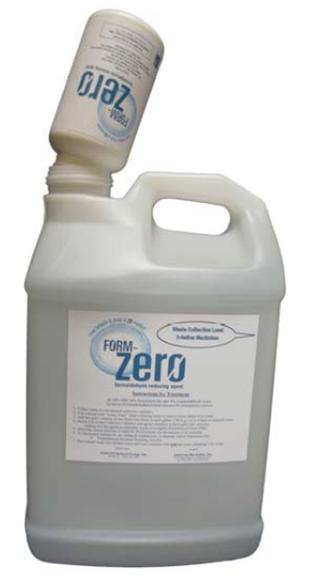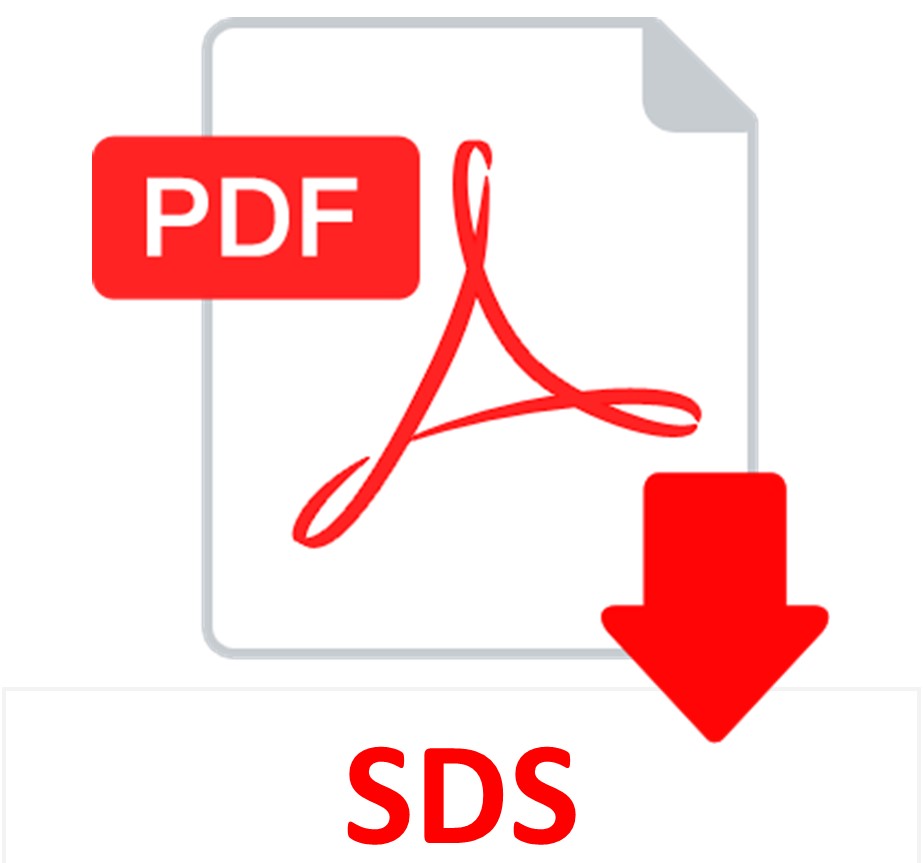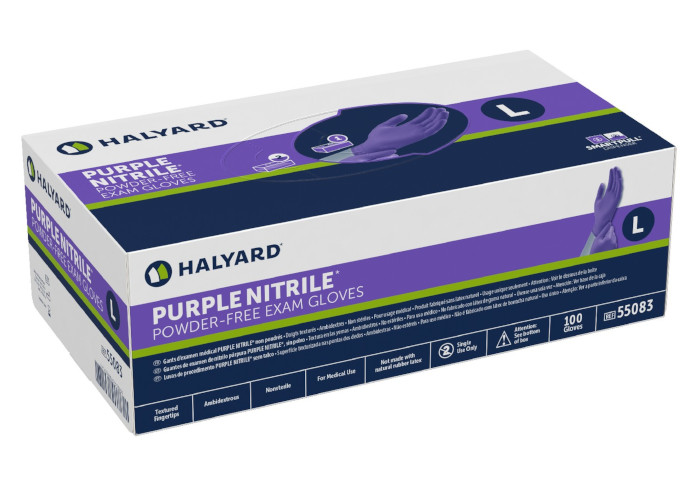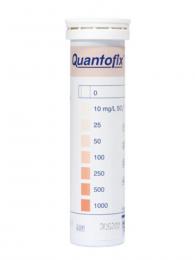FORM-ZERO Formalin Disposal Neutralizer
Powdered Formaldehyde Reducing Agent
Powder Neutralizer for Formalin Waste:
A unique powder reagent blend that quickly neutralizes formaldehyde & glutaraldehyde for sink disposal in 25 minutes! One bottle will neutralize one gallon of 10% formalin or 4% glutaraldehyde.
- No pH adjustment required
- No Drain Clogging Polymers
The neutralized waste solutions yield a non-hazardous solution that can be safely discharged to sewer and waste water treatment systems.
SOLUTION:
| 500 cc Bottle (12/cs) | 500 cc Bottle (32/cs) | |
| Form–Zero™ Formalin Neutralizer | Part ABFZ550-12 | Part ABFZ550-32 |
Additionally Needed:
| Form-Zero™ Waste Collection Container, 1 Gallon | Part ABFZ-1 |
| Form-Zero™ Waste Collection Container, 2.5 Gallon | Part ABFZ-25 |
| Funnel with Tissue Screen | Part ABFX-FUN |
| Form-Zero™ Test Strips (100 strips/tube) | Part ABFZ-TEST |
For storage requirements and expiration date refer to individual product labels.
APPLICATION:
Newcomer Supply Form–Zero™ Formalin Neutralizer is a unique powdered reagent blend of various sulfur-containing inorganic salts. Form–Zero™ readily dissolves in aqueous solutions and subsequently functions as a chemical reducing agent to quickly neutralize formalin and glutaraldehyde for sink disposal. One 500 cc bottle of Form–Zero™ will neutralize one gallon/four liters of 10% formalin or one gallon/four liters of 4% glutaraldehyde. Benefits include:
-
-
- No pH adjustment of solutions is required.
- One gallon/four liters of formalin or glutaraldehyde can be neutralized in 20-25 minutes to non-hazardous disposable solutions.
- Neutralized aldehyde products can be safely discharged to sewer and waste water treatment systems.
- No drain clogging polymers are created.
-
NEUTRALIZING PROCEDURE:
-
- Collect acceptable concentrations of aldehyde waste in designated and well labeled Form-Zero™ Waste Collection Container, 1 Gallon or 2.5 Gallon (ABFZ-1 or ABFZ-25).
-
- See Procedure Notes #1 and #2.
- The use of Funnel with Tissue Screen (ABFX-FUN) is recommended to avoid extraneous tissue debris accumulating in aldehyde waste solutions.
-
- Add entire contents of one 500 cc Form–Zero™ bottle to each gallon (128 fluid ounces) or each four liters of aldehyde waste.
-
- Neutralization applications are for one Form–Zero™ bottle for each gallon/4 liters of aldehyde waste.
- Partial bottles of Form–Zero™ cannot be used for smaller treatments.
-
- Securely tighten lid on the collection container; agitate container to thoroughly mix powder and solution.
-
- Do not add additional solution once Form–Zero™ powder has been added and mixed in collection container.
-
- Continue agitation until Form–Zero™ powdered reagent blend completely dissolves.
- Allow mixed solution to stand for 20-25 minutes for neutralization reaction to be fully complete.
-
- See Procedure Note #3.
-
- Test treated solution with Form-Zero™ Test Strips (ABFZ-TEST) to confirm completion of neutralization reaction.
-
- See Procedure Note #4.
-
- Pour neutralized non-hazardous aldehyde waste product into sanitary sewer and flush with cold running tap water.
- Rinse collection container and clean with cold tap water before reuse.
- Collect acceptable concentrations of aldehyde waste in designated and well labeled Form-Zero™ Waste Collection Container, 1 Gallon or 2.5 Gallon (ABFZ-1 or ABFZ-25).
PROCEDURE NOTES:
-
- 10% formalin (4% formaldehyde) and 4% glutaraldehyde are the highest concentrations that can be neutralized.
- Maintain separate, well labeled collection containers for waste formalin and waste glutaraldehyde solutions for best neutralization results.
- There is no additional benefit or adverse effect if neutralization reaction proceeds for longer than 25 minutes.
- To use Form-Zero™ Test Strips:
-
- Remove only the test strips needed, taking care not to touch the test field.
- Close container immediately after removing test strips to avoid any contamination.
- Dip test strip into neutralized sample for 1 second and shake off excess liquid; wait 20 seconds.
- Compare test field with color scale on test strip container.
- Test field will turn salmon-pink when formaldehyde is completely neutralized.
- Salmon-pink reaction indicates presence of sulfite ions, which confirms absence of formaldehyde.
-
- Confirm disposal methods with local and state regulations.
REFERENCES:
-
- Bancroft, John D., and Marilyn Gamble. Theory and Practice of Histological Techniques. 6th ed. Oxford: Churchill Livingstone Elsevier, 2008. 22-23, 27.
- Dapson, Janet Crookham, and Richard W. Dapson. Hazardous Materials in the Histopathology Laboratory: Regulations, Risks, Handling and Disposal. 4th Battle Creek, MI: Anatech, 2005. 181-186.
- Form–Zero™ Aquatic Bio-Assay Results and Summary.
- Modifications developed by Newcomer Supply Laboratory.






